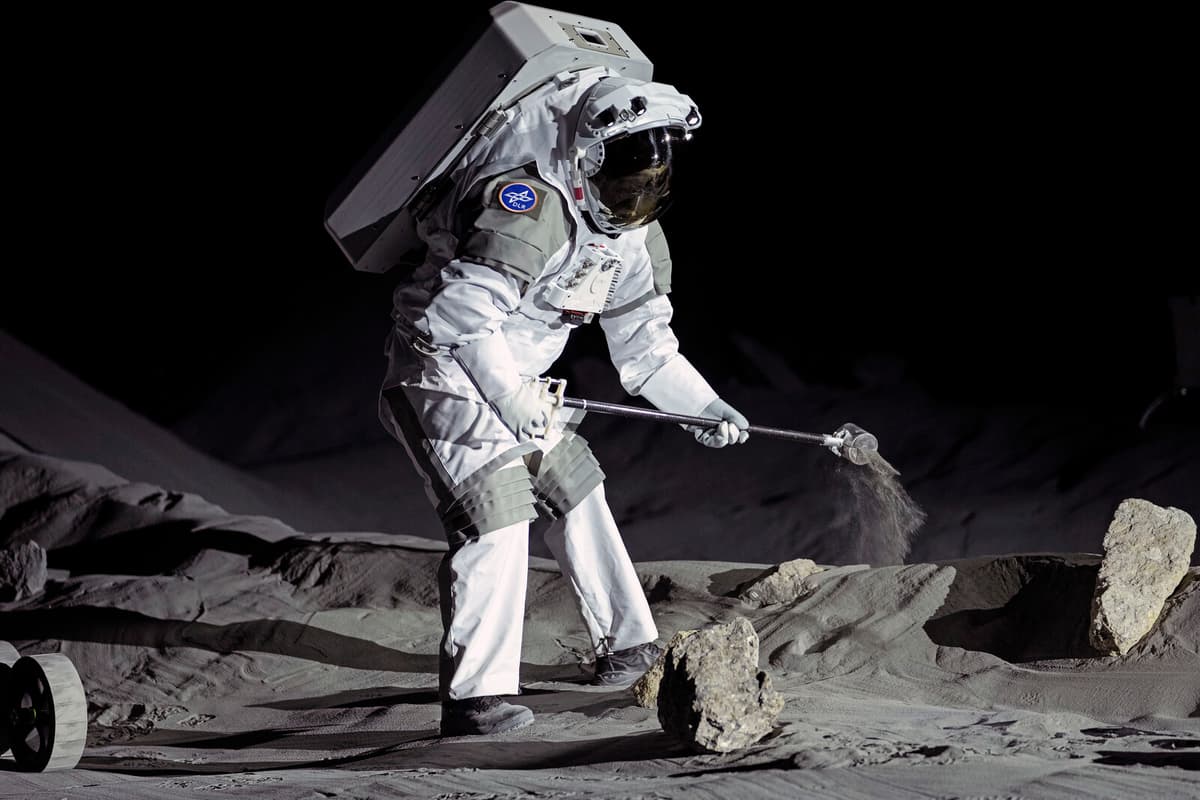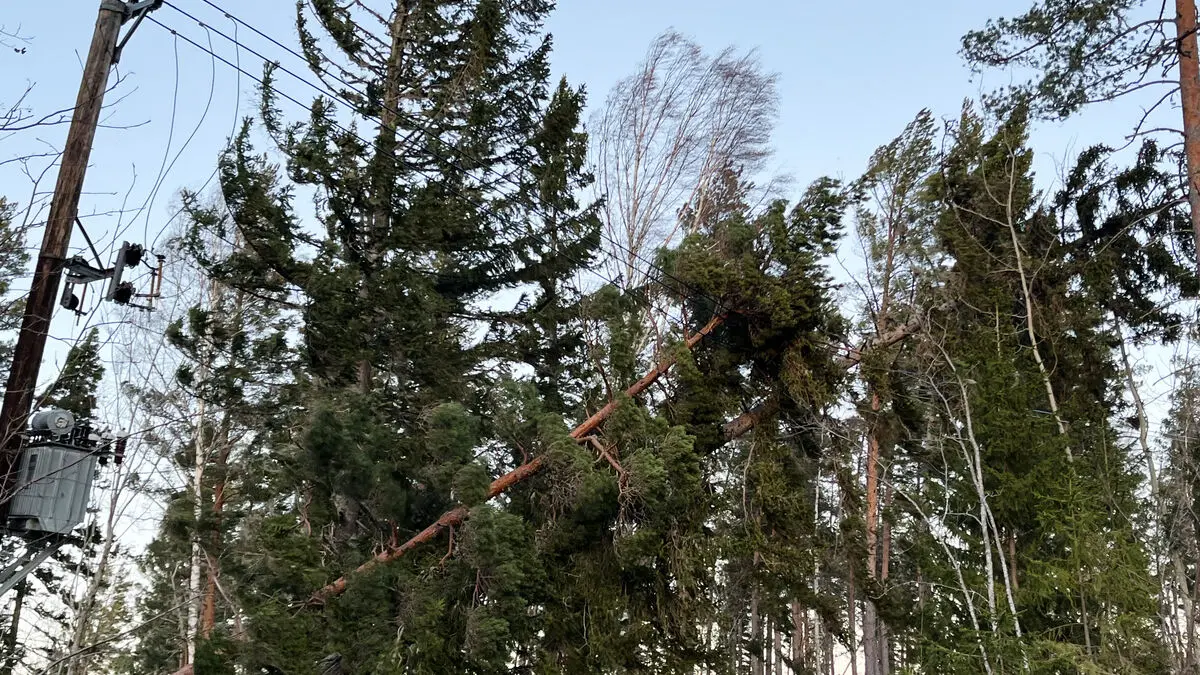More than 50 years after astronauts last bounced around on the moon, NASA is investing enormous resources to send humans back to our closest celestial body. And this time, it's going to be done in as green a way as possible. Both the moon trip, planned for September 2026, and the broader ambition of spreading humanity across the solar system, are about to become a dirty story.
There are currently over 200 tons of material from various expeditions on the moon. There are also around 40,000 pieces of space debris in orbit larger than 10 centimeters, according to the European space organization ESA. Furthermore, there are 1.1 million pieces of debris measuring between 1 and 10 centimeters and 130 million between 1 millimeter and 1 centimeter.
In March this year, falling space debris weighing 700 grams crashed through the roof of a residence in Florida. The debris did not burn up when it entered the atmosphere, which most others do.
NASA recently announced a competition with a $3 million prize, where participants from around the world are invited to come up with smart recycling solutions for both future space travel and a possible permanent base on the moon.
Space Diapers
Besides the enormous amount of energy, resources, and materials required for a space trip or moon expedition, and the waste left behind, there are more human and practical things that need to be solved in the future.
Take something like pee and poop. Easy to get rid of and recycle in different ways here on Earth. But on the moon? Not many bushes to sneak behind when nature calls. So far, NASA's moon expeditions have solved this by dumping some of the astronauts' diapers – although they have more technical names – in bags on the moon's surface along with other "trash".
NASA's official list of what has been left behind on the moon during the seven expeditions so far lists five "defecation collection devices", but also a large amount of TV equipment, a pair of golf balls, and a javelin – to give a few examples.
No Joke
NASA has previously indicated that they want to pick up some of the trash bags, not just to clean up after themselves. The poop bags may actually provide answers about the origin of life and its resilience.
Feces contain a lot of bacteria, a form of life that likes certain conditions. But also, on a larger scale, is incredibly adaptable to extreme conditions. The moon constitutes the most extreme test so far where humans have been able to observe development, with temperature fluctuations from around minus 170 degrees to plus 120 degrees. There is no atmospheric protection from the sun's radiation to speak of. Can the bacteria in the bags from the 1970s have survived the environment for over 50 years?
There is no definition of life that says "it can never exist beyond this temperature, salt level, or acidity", says biologist Margaret Race at the American SETI Institute, which searches for life in the universe, to Vox.
Wherever we look, we find life, she continues.
The Ultimate Answer?
If NASA succeeds in retrieving the old trash bags and they still contain bacteria – can it give us answers about life, the universe, and everything?
Most likely, everything that once lived in the trash bags is dead. But if something lives, even at a bacterial level, it raises the question of how far human bacteria could travel in space – and on a philosophical level, whether other forms of "life" could have traveled to us in a similar way in the beginning of time.
NASA stands for National Aeronautics and Space Administration and is the US state space agency. The organization has around 18,000 employees. NASA collaborates closely with other space organizations, including the European Space Agency ESA.
The American Apollo program, which started in the 1960s during the Cold War between the Soviet Union and the US, took humans to the moon.
Neil Armstrong and Edwin Aldrin became the first humans to land on the moon's surface during the Apollo 11 expedition in July 1969.
A series of further moon trips were carried out with Apollo spacecraft until 1972.
A total of 385 kilograms of samples from the moon's surface were brought back to Earth for analysis by research groups around the world.
Source: National Encyclopedia





